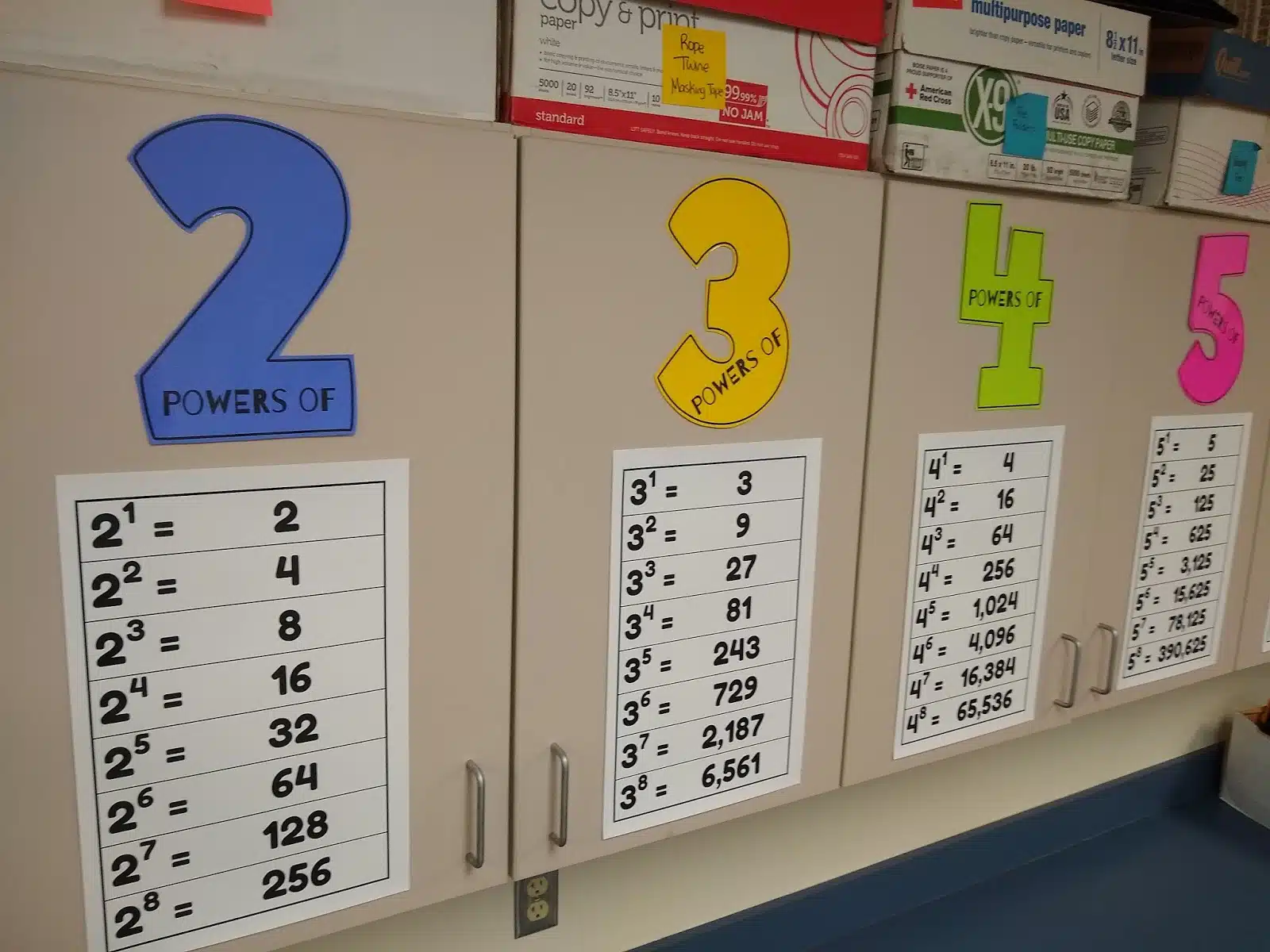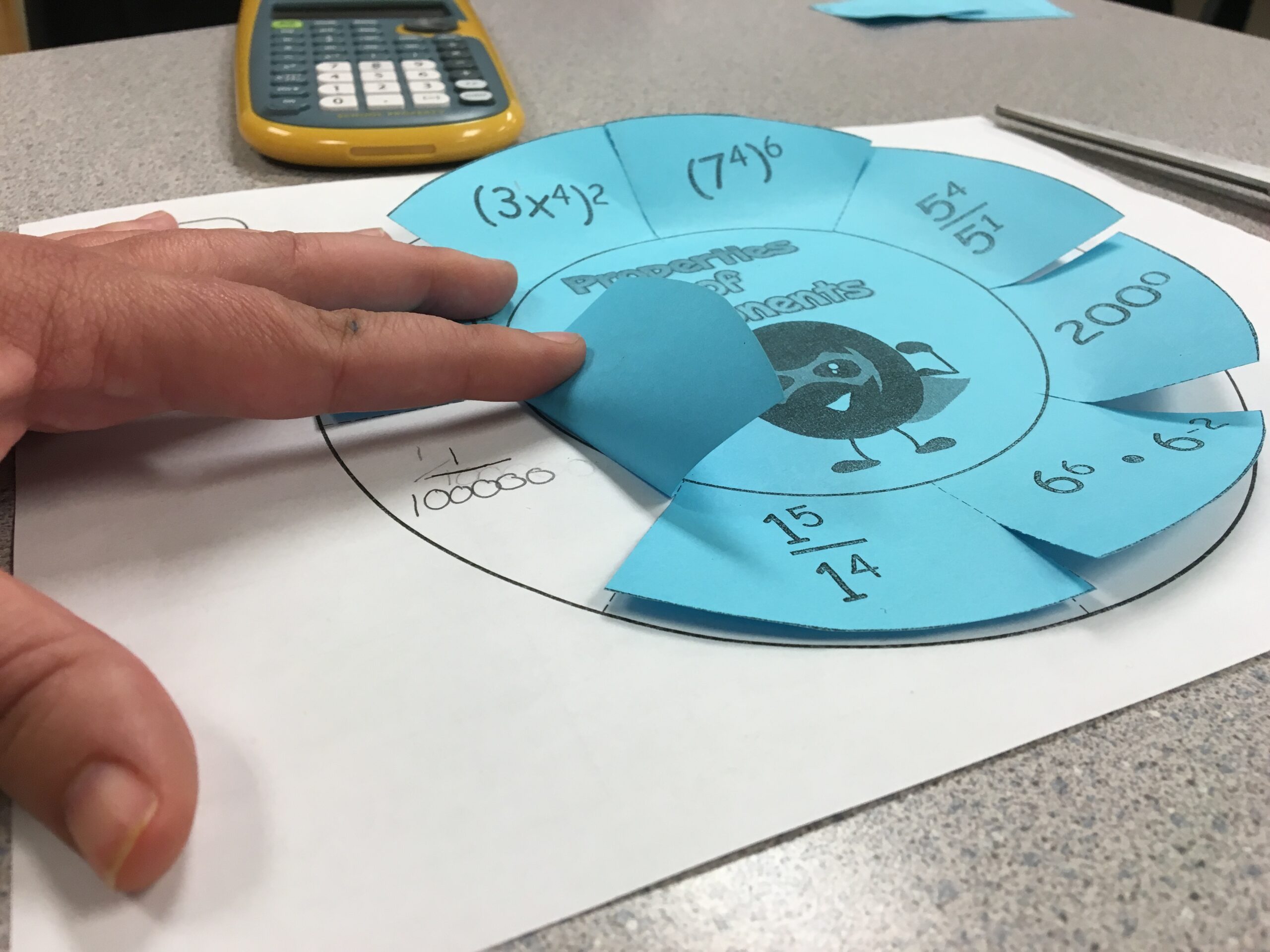An exponent chart is a tool that helps students learn maths faster. There are two types of charts, namely, an absolute and a relative exponent chart. The main difference between the two lies in how they are used. An absolute exponent chart is based on a certain base number. A student can add or subtract numbers from this base.
A relative exponent chart is used to understand how to multiply or divide different numbers. This allows you to calculate an exponent with ease. For example, when we look at 5x^10, we can see that 10 stands for ten times more than five. Similarly, 2/100 will show us a fraction. If we take a square root of it and then put ^ on top of it, we would get 25.
This shows us the power behind this concept. It also explains why the numbers are written in such a way. We can always find the answers to problems like 3×(13. or (40-24. These examples help us solve other equations too.
What Is an Exponent?
An exponent chart shows how a number changes when you multiply, divide, add, or subtract from it. Exponent charts can be used to help solve math problems. For example, you might need to know the answer to 2×3.
To figure this problem out, first look at the base. The base of any multiplication, division, addition, or subtraction equation is the same. So, in the case of the above question, the base would be 3. Now, take the power. The power of the x symbol tells you that you’re multiplying the numbers. Therefore, the correct answer to 2×3 is 6.
If you want to learn more about exponents, then you should check out the article below.
You may have heard people use the term “exponential growth” when talking about business or economics. This means that the amount of money being produced or earned is growing at a constant rate.
In other words, the company’s sales are increasing every year. Or, perhaps, the stock market is rising steadily.
However, there’s another way to describe exponential growth. It refers to a situation where a product or service increases in value over time.
Exponent Chart: What It Is?
A lot of people have no idea what an exponent chart is. And, since this type of graph isn’t very useful for most people, many of them don’t know how to use one. But, if you’re interested in learning more about exponents, then you should read the article below. This guide will help you understand why you need an exponent chart.
An exponent chart is used when you want to determine a certain value based on another number. For example, let’s say that you wanted to calculate the square root of a given number. You could do it by using the following formula:
This works because you are taking the square of a fraction, and then dividing that result into the original number. The problem with this method is that you would be working out all the numbers to get the answer.
Instead of doing this, an exponent chart can make things much easier for you. All you have to do is find the power of 2 in the denominator of the equation, and then multiply both sides of the equation by that amount.
For example, suppose that you wanted to calculate the square root of a number like 8.5. In this case, you would first look at the denominator of the equation.
Exponent Chart: Types of Exponents
There are many different kinds of exponents. The most important thing to know is that the exponent chart shows you how to multiply two numbers together.
When dealing with exponents, you need to make sure that you understand the three basic rules. First, the first number should always be raised to an odd power. Second, the second number should have a smaller base than the first. Third, the final answer must be multiplied by itself.
You can use the following table to help you figure out the correct answers.
Exponent Chart: Examples of Exponents
An exponent is a number that represents itself by using its power. For example, 3 squared equals 9. The same thing can be said about any other numbers. So when you want to know how many times a certain number is multiplied, divided, raised, etc., you need to use an exponent.
There are two different kinds of exponents. One kind is known as the base-10, and the second type is the base-2. You might have heard of these before. Let’s take a look at both of them.
Base 10. This is the most common form of the exponent. When you multiply or divide, you add or subtract zeros to the end of the original number.
For example, let’s say that you wanted to find out what 2 cubed equals. To do this, you would first calculate the value of 2. Then, you’d simply add the zeroes to the end of the number. In this case, it would be written like this: 02.
So when you multiply or divide a number with an exponent, you always start with zero. That means that if you were multiplying 3 by 4, for instance, then your answer should also be written as 024.
Exponent Chart: How to Use Exponents
If you’re interested in learning more about exponent charts, then you’ll love this article. This is a guide that explains exactly what an exponent chart is, and why it’s so important.
An exponent chart is a type of graph where the x-axis represents the base number, while the y-axis shows the power of the number. For example, the formula below would be written using exponent notation.
5^2 = 25
You can also write the same equation in another way by writing 5x instead of 5^x. In other words, the above equation could also have been written like this:
25=5x^2
As you can see, these two equations are almost identical. The only difference is that one uses exponent notation and the other doesn’t.
This is because there is a special symbol that is used to represent the exponent. That symbol looks like ^. You should know that the ^ sign stands for “to the power of”. So, if you want to express an exponent, then you simply need to put it between two ^ signs.
For example, if you wanted to find out what 3^4 equals, then you’d use this formula:

What Is the Difference Between Logarithms and Exponents?
A number raised to an exponent is known as a power. For example, 2^3 means that you’re raising the base of two (2. to the third power. If you want to know more about this topic, then you should read the article below.
A logarithm is an opposite. When you raise a number to the logarithm, you’re taking the natural log of the number. So, instead of using 3, you would use ln(3. This makes sense since the natural log is the inverse function of the exponential.
So, what is the difference between logarithms and exponents?
The answer is that the former is used to calculate a value, while the latter is used to determine the rate of growth.
When you have an equation that looks like this: x = y^z, you can divide both sides by z to get this:
x/z = y.
This is an important concept when you’re doing math problems. You need to be able to recognize whether something is a log or a power.
What Are Exponents in Different Applications?
There is no doubt that you need to know how to use an exponent chart in your daily life. For example, you can calculate the area of a circle by using the formula (r^2. * π / 4. Or, you could find the volume of a cylinder by multiplying the height times the radius. If you want to learn more, you should read this article.
If you’re wondering why you would ever need to use an exponent, then you might be interested in learning about the following examples.
You can easily find the rate at which two quantities grow or shrink. You can also figure out the ratio of one quantity to another. This is useful in many areas of science, such as biology, chemistry, and physics.
When you have a series of numbers that are connected, you’ll often end up with the term x^n.

